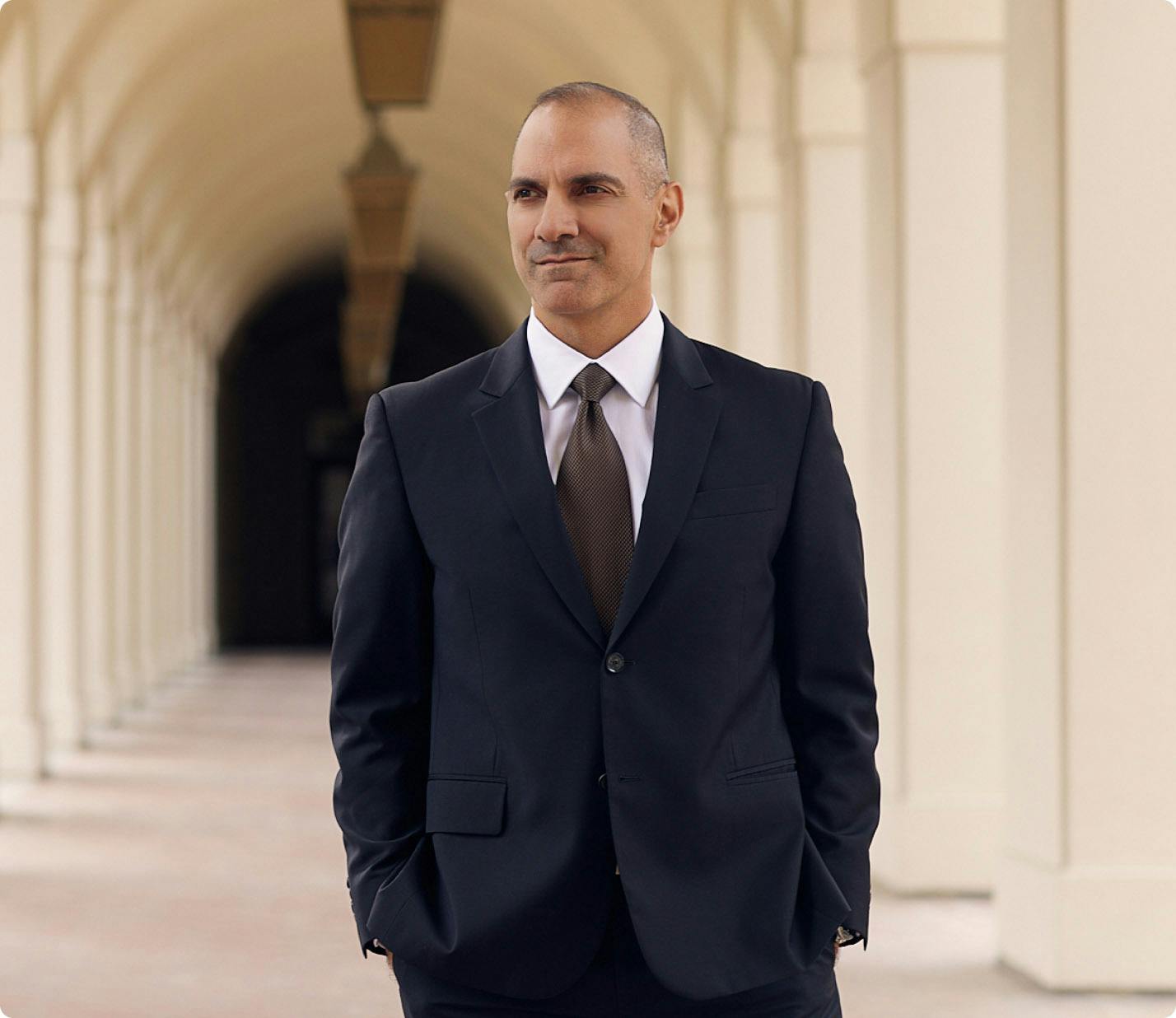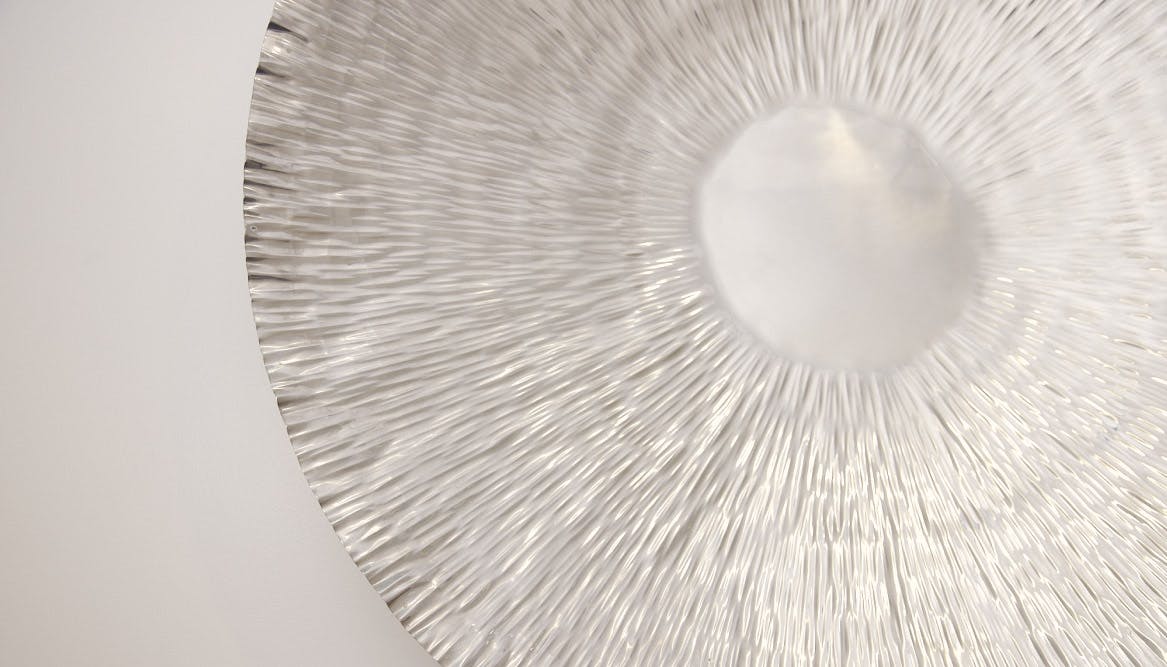Rarely, vascular tumors can behave more like other soft tissue tumors, in that they can infiltrate tissues and create problems. The symptoms can be quite serious and will require a vascular anomalies expert to intervene… sometimes urgently.
Kaposiform Hemangioendothelioma (KHE): Characteristics, Risks, and Complications
Kaposiform hemangioendothelioma (KHE) is one of these types of tumors. Fortunately, it’s benign and does not spread. In many ways, it follows the natural course of other infantile hemangiomas with a growth phase followed by gradual involution. It is frequently misdiagnosed as a hemangioma.
Nonetheless, several potential problems can occur: KHE can cause a depletion of platelets and clotting factors in the blood, causing a serious condition know as Kasabach-Merritt phenomenon. In this situation, normal clotting of blood does not occur, leaving the patient vulnerable to serious bleeding consequences.
- Along with impairment of clotting, a diffuse skin rash can occur, known as petechiae.
- Pain is a common complaint, since KHE can infiltrate muscle, joints, and sometimes, bone.
- Swelling can sometimes be quite severe. The area involved is usually firm to the touch.
- Mobility of the involved tissues or extremities can be severely limited.









